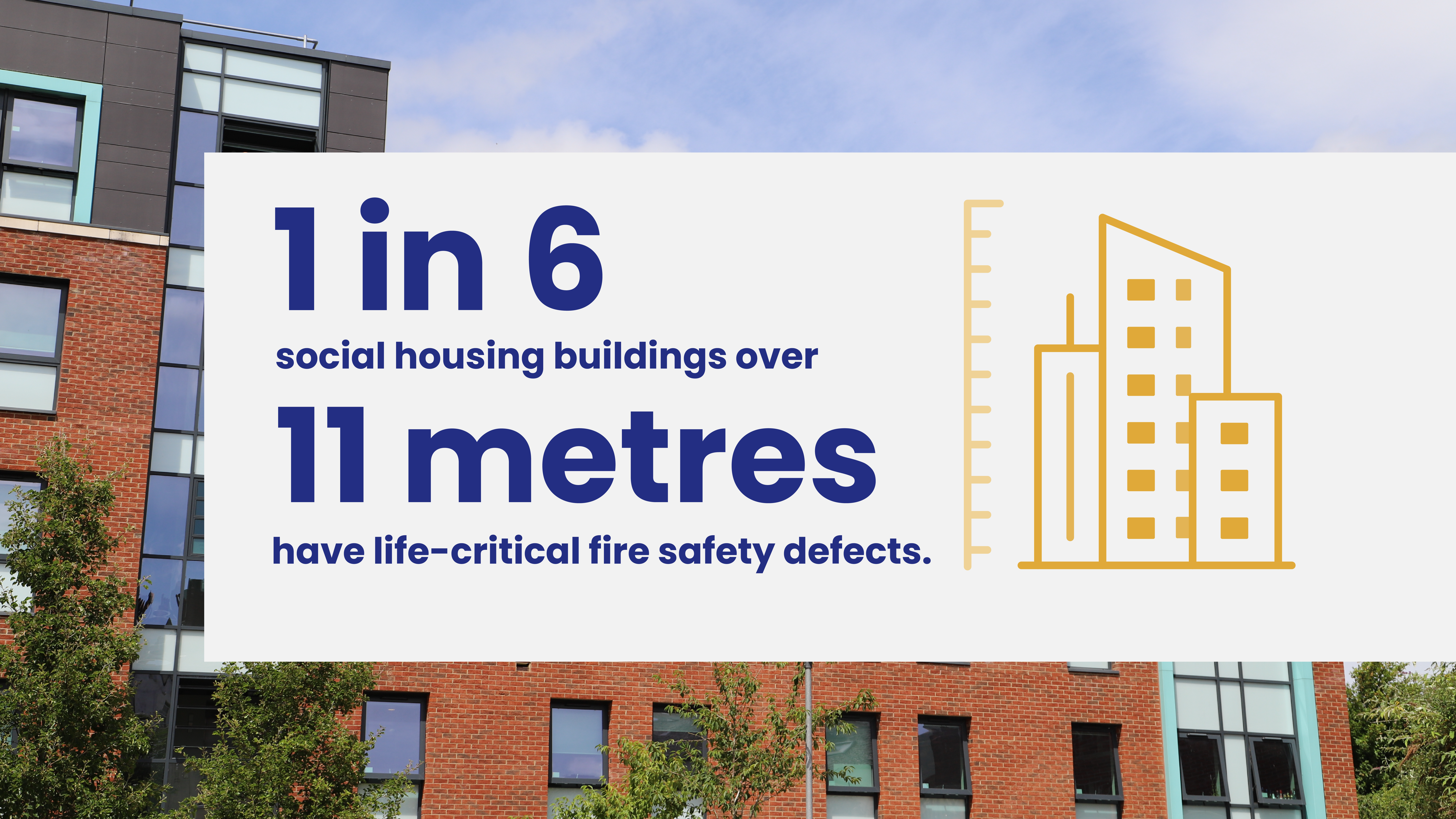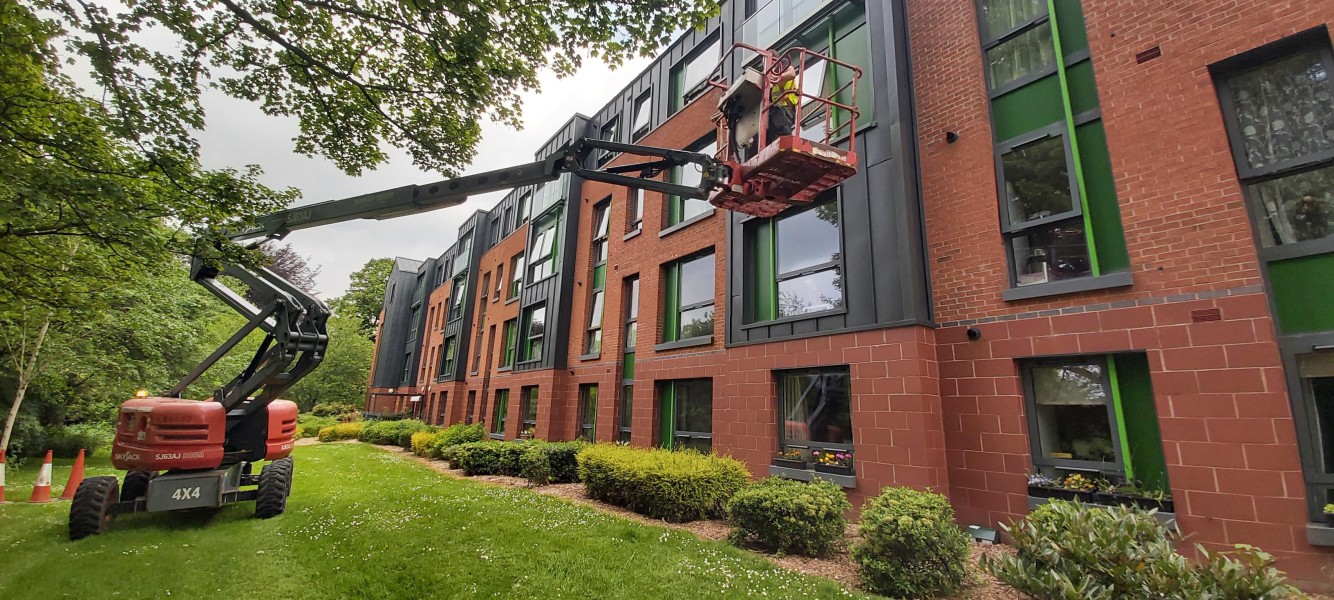New data on remediation progress across the Social Housing sector

In the wake of the Grenfell Tower and Lakanal house, building safety and specifically fire safety has rightfully been a critical priority across the housing sector. Government funding schemes and regulatory changes have supported progress, but the latest figures show there is still much to be done, particularly within social housing stock over 11m tall. The recent data release from Ministry of Housing, Communities & Local Government provides a timely snapshot of where things stand.
The latest data from Ministry of Housing, Communities & Local Government reveals the scale of work still required to address lifecritical fire safety defects in social housing properties. As of 31st March 2025, 17,391 social housing buildings over 11 m tall are within scope. Of these, 2,657 buildings (roughly 15%) have identified external wall system defects needing immediate remediation.
Only 43% of those defective buildings (1,148 in total) have begun or completed remediation efforts, leaving 57%, or around 1,509 buildings, yet to start works despite the known risks to these properties. Of particular concern, 525 of these buildings (representing 20% of the total) have not started remediation and were reported to have no or unclear plans in place. The disparity between assessment and action is alarmingly significant, and while nearly 100% of buildings have had safety assessments (17,380 out of 17,391), remediation remains worryingly incomplete.
This comes at a time when the Government has also launched a review into the performance of the Building Safety Regulator, following growing concerns about delays to approvals and the slow pace at which remediation projects (And new builds) are getting underway.

It's important to recognise that social housing providers are under increasing pressure, balancing regulatory, financial, and operational demands from multiple sectors. However, addressing known fire safety defects must remain a top priority to prevent potential future tragedies and safeguard residents. From our experience delivering remediation projects across the UK, here are five practical tips to help ensure your project gets off the ground efficiently and without unnecessary delay.
5 Practical Steps to help Streamline Your Remediation Projects:
- Prioritise defect scheduling, targeting your highest-risk buildings first
- Begin your gateway applications as soon as possible
- Streamline procurement and tender processes to reduce delays
- Coordinate with compliance and technical teams to ensure swift mobilisation
- Engage and communicate with you residents early to minimise any access issues
_____________
This data should be a catalyst. Building safety must be prioritised by accelerating these remediation projects and making homes safer sooner.





.jpg)


